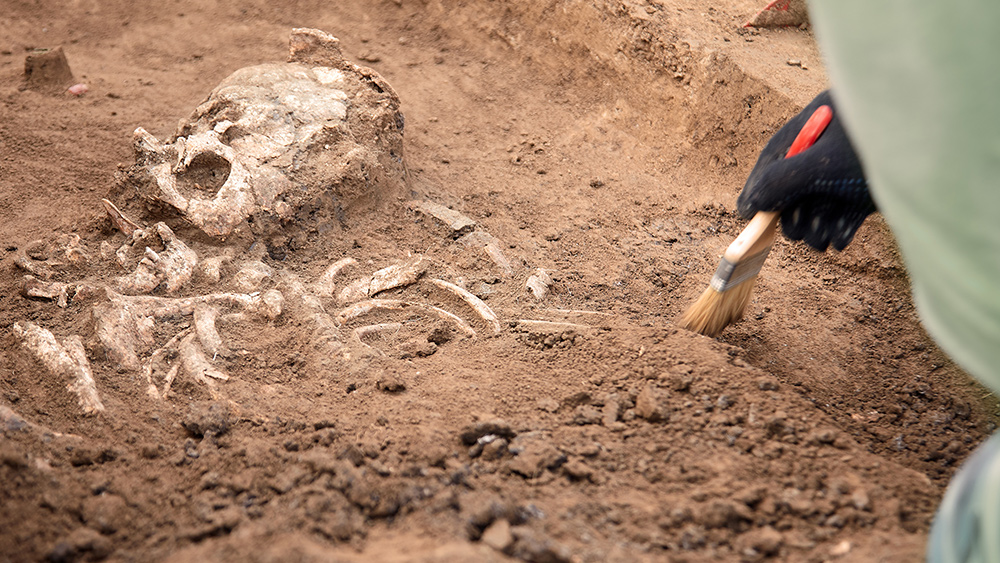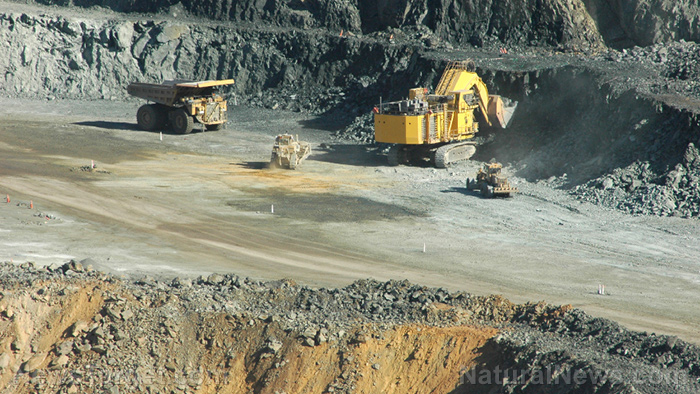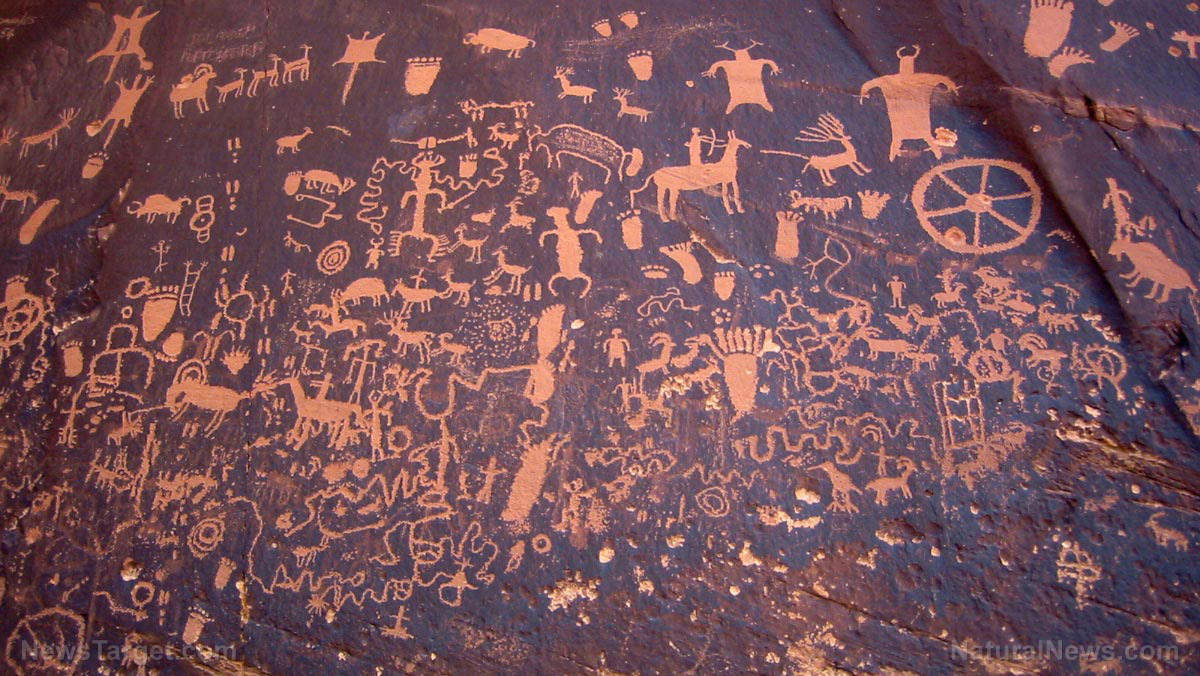Ancient Egyptian mass grave with dogs, 8-year-old kid baffles archaeologists
02/02/2023 / By Kevin Hughes

Archaeologists excavating in the Faiyum oasis southwest of the Egyptian capital Cairo were baffled upon discovering the remains of an eight-year-old child and 142 dogs at a burial site there.
News of the find at the Deir el-Banat site made the rounds on both archaeological sites and online news sources. Based on the reports, archaeologists with the Center for Egyptological Studies of the Russian Academy of Sciences (RAS) were responsible for uncovering the bizarre burial.
“A child of eight to nine years old was laid on top of the bodies of 142 dogs of different ages, mostly puppies, the RAS said. (Related: Unlocking the secrets of Ancient Egypt: Archaeologists uncover dozens of mummified animals in the Tomb of Tutu.)
Galina Belova, a zoologist who investigated the remains of the canines, assumed that all the dogs died at the same time. She hinted that the dogs may have drowned due to the lack of any signs of violence and the presence of a blue-colored clay – found in ancient Egyptian reservoirs – in the bodies of the dogs
While dog burials are famous in ancient Egypt, the presence of the child among the canines and the fact that their head was covered with a “linen bag” further added to the mystery.
Experts weigh in on the discovered remains
The RAS archaeologists determined that the burial site dates somewhere between the 1st century B.C. and the 1st century A.D. – corresponding to the Roman period.
“Burials like those discovered by the [Center for Egyptological Studies] specialists are not typical for Egypt,” said the academy’s website. “The mass burial of dogs may indicate a synthesis of religious and magical ideas of the Egyptians and foreigners living in Fayum, which gave rise to new forms of ritual practice.”
In an article, Egyptology professor Salima Ikram of The American University in Cairo discussed the find, as well as the general phenomenon of dog burials in ancient Egypt. She explained that the dogs had been “crudely mummified” while the child was preserved through natural desiccation.
Ikram added that the burial method was very uncommon and did not fit standard practice, in which dogs served a type of amuletic purpose. She proposed that the child may have been “a caretaker of dogs raised to be votive offerings” and that they were honored upon death by being buried alongside their charges.
This would make sense, Ikram explained, as “the dogs would be guaranteed care [in the afterlife], and the child would be assured an eternal existence – the goal of every Egyptian.”
She also mentioned a similar burial being uncovered in a gallery at the Temple of Anubis at Saqqara, located south of Cairo. The aforementioned burial showed a human being buried on top of thousands of dogs.
But archaeologist and historian Mark Letteney urged caution about some details of the Faiyum discovery. The child being eight years old at the time of death is hard to verify, he remarked. Letteney elaborated that while it is easy to identify a child due to their small bones, it is hard to determine whether the said child had gone through puberty.
Discoveries.news has more about archaeological findings in ancient Egypt.
Watch the video below about the dozens of 2,500-year-old mummy tombs in Egypt being opened for the first time.
This video is from the ZGoldenReport channel on Brighteon.com.
More related stories:
Mass grave discovered in Peru: Hundreds of children and animals were sacrificed in the 15th century.
Ancient Egyptian tomb reveals GRUESOME murals of cows being slaughtered.
CT scan reveals 49 amulets worn by 2,300-year-old “golden boy” mummy.
Sources include:
Submit a correction >>
Tagged Under:
Ancient Egypt, ancient history, archaeology, artifacts, breakthrough, discoveries, Faiyum oasis, Galina Belova, human remains, Mark Letteney, mass burial, Russian Academy of Sciences, Salima Ikram
This article may contain statements that reflect the opinion of the author
RECENT NEWS & ARTICLES
COPYRIGHT © 2018 BREAKTHROUGH.NEWS
All content posted on this site is protected under Free Speech. Breakthrough.news is not responsible for content written by contributing authors. The information on this site is provided for educational and entertainment purposes only. It is not intended as a substitute for professional advice of any kind. Breakthrough.news assumes no responsibility for the use or misuse of this material. All trademarks, registered trademarks and service marks mentioned on this site are the property of their respective owners.




















